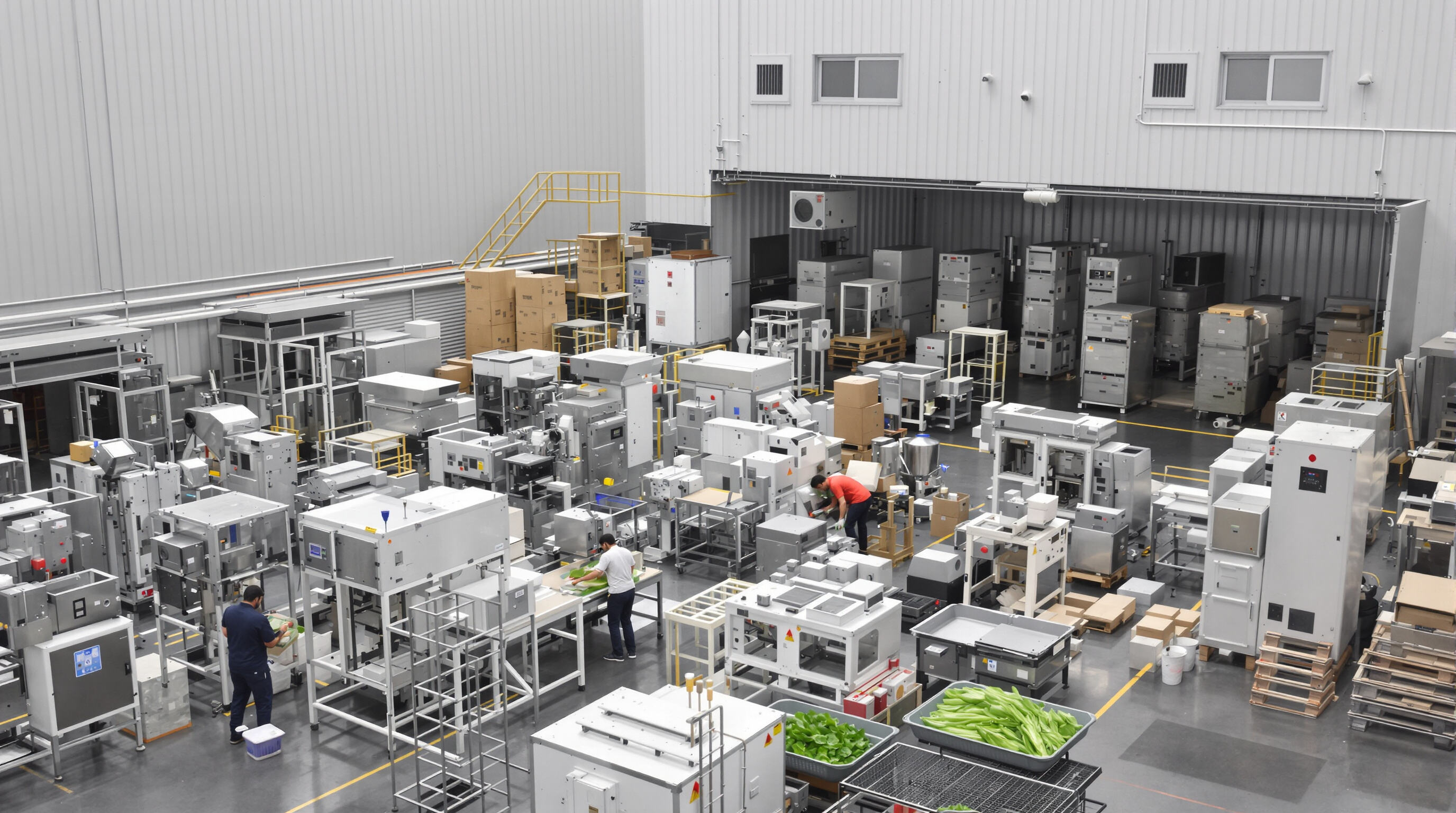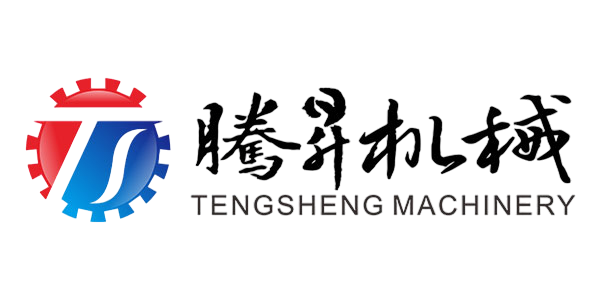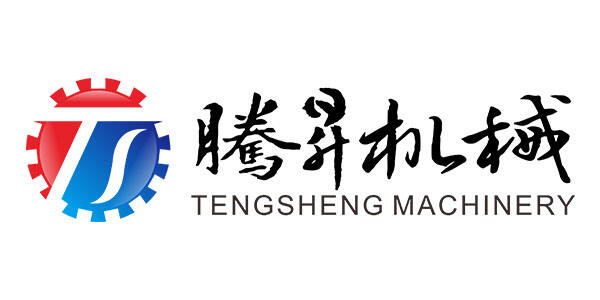Most small scale veggie processing setups deal with anywhere between 500kg and 5 tons of fresh produce each day. They need special equipment that works hard enough for serious processing but can also adapt when seasons change and demand shifts. Big processing plants have their own approach, but smaller operations look for machines that can handle all sorts of veggies without needing constant adjustments. Think about roots, leafy greens, those cruciferous vegetables like broccoli and cauliflower. According to recent industry research from 2023, around two thirds of these smaller processors prefer modular systems instead of dedicated machines for specific tasks. The flexibility helps them manage different crops throughout the year without investing in separate equipment for every type of vegetable.
Three factors dominate equipment selection in constrained environments:
Leading manufacturers address the small factory paradox through three innovations:
This strategic approach helps processors maintain 22–28% profit margins despite market volatility, according to a Purdue University agribusiness model (2023).
Small-scale processors need washing systems that remove 98.6% of surface contaminants (Food Safety Journal 2023) while handling up to 500 kg/hour. Recirculating water models with adjustable pressure jets maintain sanitation without excessive water use, making them ideal for sustainable operations.
Compact cutting systems with multi-blade configurations process root vegetables, leafy greens, and delicate produce on a single base unit. Dicing modules with 5–25mm adjustable grids allow processors to meet precise retail specifications for pre-cut vegetable packs.
Modular steam blanchers in under 2m² achieve the 70–95°C range required for enzyme deactivation. Top-tier models preserve 89% of water-soluble vitamins compared to boiling (Nutrition Preservation Study 2024), enhancing both nutritional value and shelf life.
Centrifugal spin dryers remove 90% of surface moisture in 3-minute cycles, reducing downstream drying energy costs by 40%. Some compact systems integrate UV-C lights for simultaneous dehydration and pathogen reduction, improving food safety without additional equipment.
Space-saving vertical form-fill-seal machines package 20–50g portions at 45 bags/minute, syncing directly with processing lines. This eliminates manual transfers and maintains oxygen levels below 0.8% in pre-washed salad mixes, preserving freshness.
For small manufacturing operations, finding the right mix between initial investment and future gains remains a constant challenge. Entry level peeling and slicing equipment typically ranges from around $5,500 to $8,000 these days. However factory owners who invest in modular setups that include washing and blanching functions tend to see better financial results down the road. The return on investment for these upgraded systems can be anywhere from 18% to 24% higher after five years simply because they require less manual labor. When looking at ongoing costs, energy consumption stands out as the biggest expense factor. According to recent industry reports, about 57% of all operating costs go toward power usage. That makes energy efficiency not just environmentally friendly but absolutely essential for maintaining healthy profit margins in today's competitive market.
Systems with variable-speed drives and automated moisture sensors reduce energy waste by 30–40% compared to conventional models. Well-sized equipment incurs maintenance costs of $0.12–$0.18 per operating hour, but undersized motors increase bearing replacement costs by 65%. Stainless-steel components in high-wear areas, such as slicing blades, extend service intervals and reduce downtime.

Small manufacturing operations are increasingly turning to modular equipment solutions that work around limited space and evolving production needs. The latest systems come with standardized parts that factory managers can rearrange as needed for different tasks like cleaning produce, cutting ingredients, or sealing products—all within the same facility rather than needing multiple dedicated machines. Recent studies looking at these modular agricultural tech setups show some pretty impressive numbers. Container based configurations cut down initial setup expenses by roughly 27 percent when compared against traditional fixed installations. What's even better? These cost savings don't come at the expense of food safety requirements. Leafy greens processors and root vegetable packagers report meeting all necessary sanitation protocols despite the flexible nature of their equipment arrangements.
Vertical processing equipment stacks functions like peeling, blanching, and drying into towers under 8 ft² wide. This design frees up 53% more floor space for raw material storage while sustaining output rates of 200–400 lbs/hour—on par with traditional horizontal lines that occupy twice the area.
Prioritize machines with:
These features allow gradual scaling from 5 to 15 tons daily without replacing core infrastructure.
A single processing line can handle carrots, beets, and cabbage using swappable tooling such as:
This adaptability reduces retooling costs by 60% when expanding product lines, compared to fixed-configuration systems.


Copyright © 2024 Zhaoqing Tengsheng Machinery Co., Ltd all rights reserved - Privacy policy